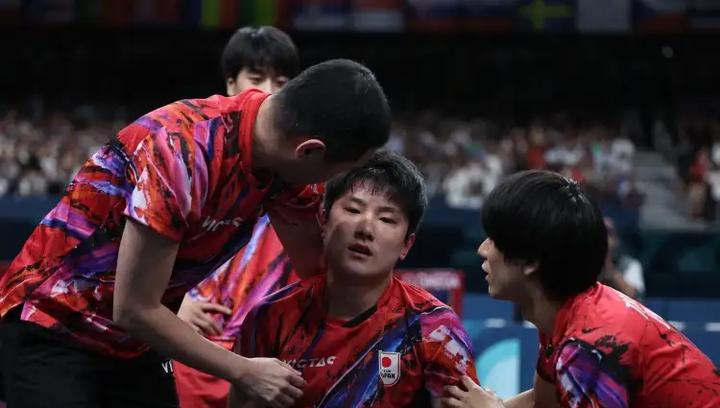Japan's Olympic Table Tennis Ambitions: A Strategic Analysis
Japan Table Tennis Association sets ambitious goals for 2028 Los Angeles Olympics, with men’s team targeting medals and women’s team aiming for gold. The appointment of new coaches Seiya Kishikawa and Rui Nakazawa signals a renewed focus on challenging China’s dominance.

The recent announcement from the Japan Table Tennis Association (JTTA) has sparked significant discussion in the international table tennis community. Their declaration of Olympic ambitions, particularly targeting medals in men’s events and gold in women’s events at the 2028 Los Angeles Olympics, warrants careful analysis.
The women’s team prospects appear promising, led by rising star Miwa Zhang. At just 20 years old during the Los Angeles Olympics, Zhang will likely be at her physical peak. Her playing style, characterized by powerful attacking shots and excellent footwork, poses a genuine challenge to the Chinese team. However, the path to gold requires overcoming formidable opponents like Sun Yingsha and Wang Manyu from China.
The men’s team situation presents a more complex picture. Tomokazu Harimoto remains Japan’s strongest hope, but his performance has shown notable inconsistency. While capable of defeating top players, his mental stability in crucial matches remains a concern. His aggressive playing style, combining explosive power and quick transitions between forehand and backhand attacks, can trouble any opponent. However, maintaining consistency against Europe’s technical players like Lebrun brothers and Sweden’s Moregard will be crucial.
The appointment of new head coaches brings an interesting dynamic. Seiya Kishikawa, leading the men’s team, emphasizes the need to secure medals across all events. More intriguingly, Rui Nakazawa, heading the women’s team, brings unique insights as a naturalized Japanese citizen with deep understanding of Chinese table tennis methodology.
A critical factor in Japan’s Olympic aspirations is their developmental system. While they’ve shown remarkable progress in nurturing young talent like Miwa Zhang, matching China’s comprehensive training system and depth of talent pool remains challenging. The Japanese approach focuses on developing individual playing styles and technical innovations, contrasting with China’s more systematic methodology.
The timing of this announcement aligns with Japan’s growing confidence in their table tennis program. Their recent successes in international competitions, particularly in women’s events, provide some basis for these ambitious targets. However, the strategic decision to publicly announce such specific goals adds pressure on their players and coaching staff.
Japanese table tennis has historically maintained a respectful yet determined attitude toward challenging China’s dominance. This bold declaration marks a shift in their approach, suggesting increased confidence in their development system and current generation of players.
Looking ahead to 2028, the association’s targets might appear ambitious but reflect a deeper strategic vision. Success will depend not just on individual talent, but on their ability to build a sustainable system that can consistently challenge the world’s best, particularly the dominant Chinese team.